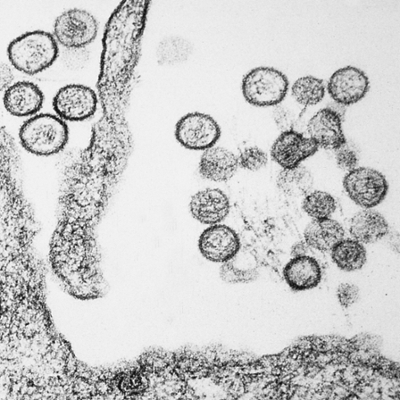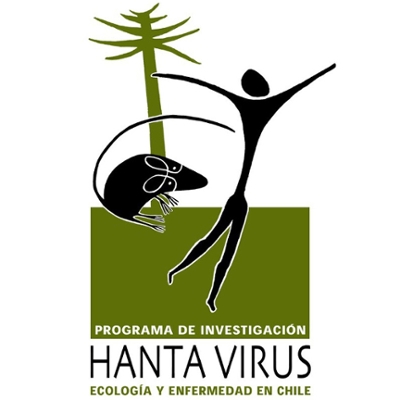Division of Mammals
open weekdays 8am - 5pm
visitors welcome by appointment
information for visitors
phone: (505) 277-1360
fax: (505) 277-1351
museum administrator
open weekdays 8am - 5pm
visitors welcome by appointment
information for visitors
phone: (505) 277-1360
fax: (505) 277-1351
museum administrator
Research into emerging viruses is a new and breaking field. Rather than concentrating on particular aspects (such as epidemiology or etiology), the work being undertaken at the University of New Mexico is of an integrative nature in that it begins with basic ecological research of the vector organisms, infection rates among vectors, climatic factors affecting resource availability in rodent hosts, and even to predictive models of future outbreak scenarios, using a multivariate analysis of past outbreaks (including the initial 1993 episode) to understand the underlying mechanisms involved in epizoonoses.
This research is being undertaken in cooperation with the National Centers for Disease Control and Prevention (CDC), the National Institutes of Health (NIH), Yavapai College, and Colorado State University. In association with our emerging virus work, Museum of Southwestern Biology serves as a repository for mammal voucher specimens and tissue samples collected by the CDC and various departments of health during disease outbreak investigations in the U.S. and worldwide.
 |
Our long-term research in the southwestern U.S. focuses primarily on Sin Nombre Virus, which is carried by the deer mouse (Peromyscus maniculatus) and causes Hantavirus Pulmonary Syndrome (HPS). We are currently in the middle of long-term research being conducted at sites in New Mexico, Arizona, and Colorado. |
 |
In addition to our U.S. research, we are also involved in both short-term and long-term projects focusing on hantaviruses and arenaviruses in Central and South America. |